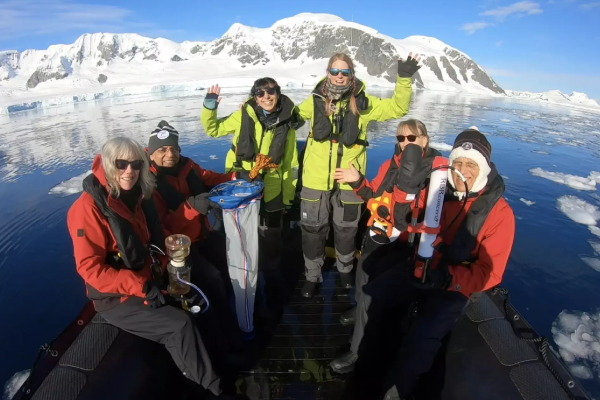Air and ocean temperatures have notably increased in the Antarctic since the 1950s, with publications finding that it is the third fastest warming region on Earth and that 87% of its glaciers are in retreat. Its nearshore, fjord-dominated areas are particularly sensitive to this glacial retreat, the effects of which can be detected throughout this crucial ecosystem where local megafauna congregate. And yet, due to their remote location and harsh environment, little is known about how these Antarctic fjord ecosystems operate, and how climate change is impacting them.
In 2016, a group of scientists from Scripps Institution of Oceanography (San Diego, California) and Universidad Nacional de La Plata (Buenos Aires, Argentina) launched a research program called FjordPhyto to understand how a warming climate is affecting the Antarctic peninsula. The main scientific interests of the project are to understand how local phytoplankton communities in Antarctic fjords react to increased freshwater inputs from glacial meltwater.
Designing a collaborative project
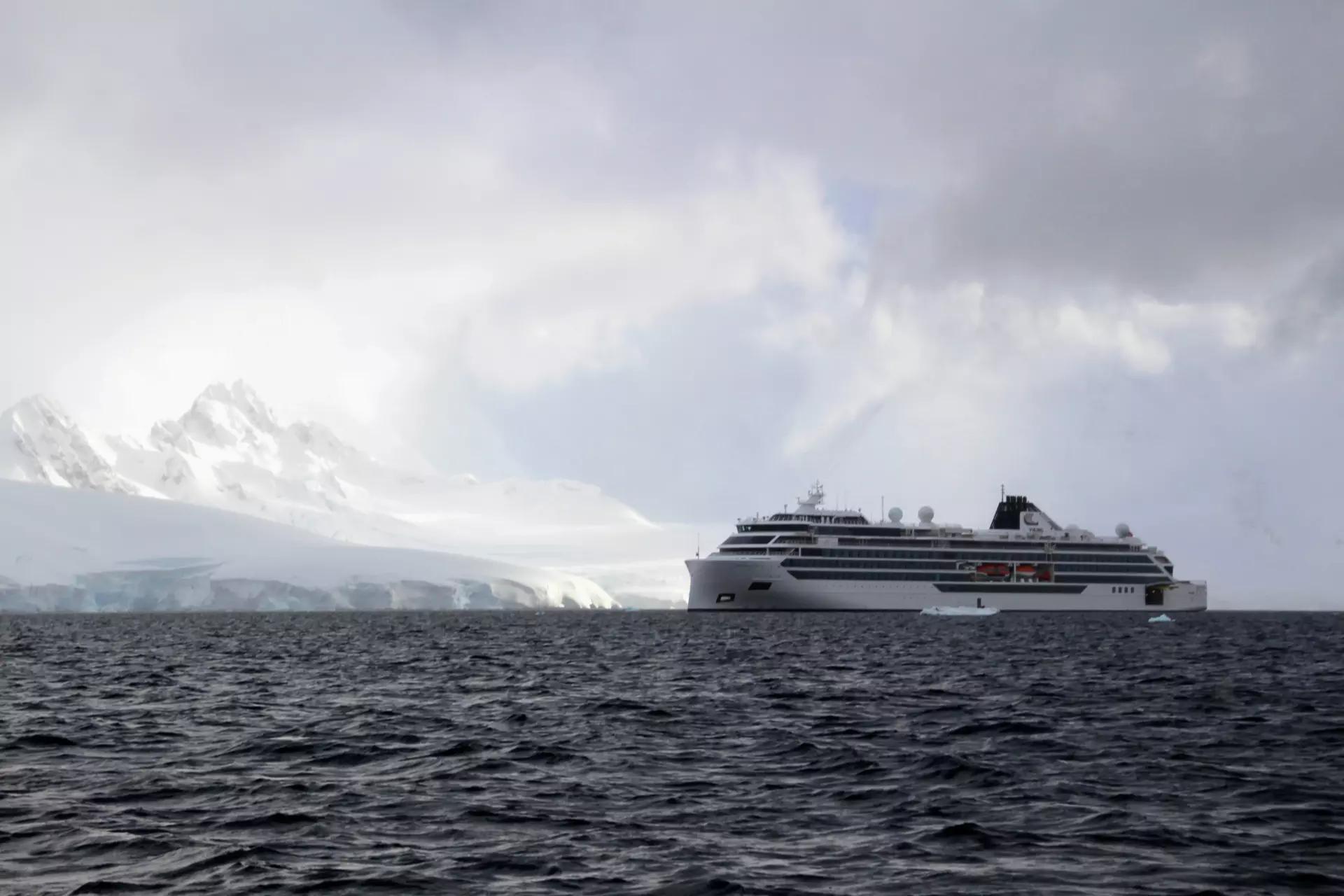
Allison Cusick, supervised by Dr. Maria Vernet and Dr. Rick Reynolds, and Martina Mascioni, supervised by Dr. Gastón Almandoz, are PhD Candidates, cofounders, and lead scientists of FjordPhyto. Initially, the project had relatively infrequent sampling of only one fjord since travelling to such a remote location is both logistically and financially challenging. The scientists quickly realised, however, that a large community of tourists travelled to the Antarctic peninsula every year, and that these expedition vessels could provide invaluable ships-of-opportunity to increase public engagement and scientific monitoring of the region. The scientists began a partnership with expedition vessels who are members of the International Association of Antarctic Tour Operators (IAATO), increasing the number of fjords they monitor and extending their sampling window.
The project now has two-fold motivation: (1) engage the vast community of people travelling to the Antarctic every year in polar research; and (2) expand the scientific understanding of what is happening over the whole spring-summer season in the Antarctic fjord ecosystems.
Extended sampling with user-friendly instruments
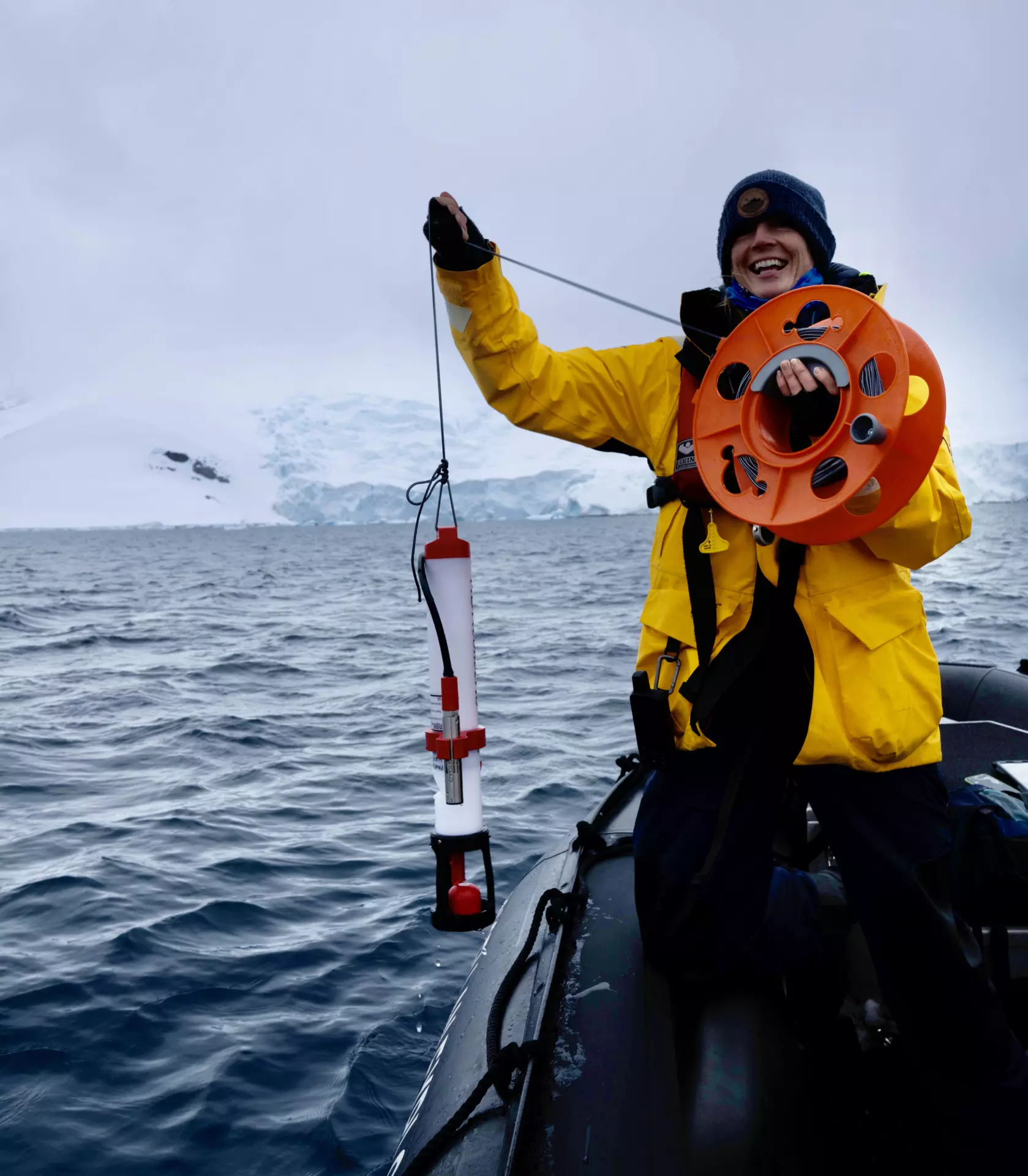
The spatial extent of their sampling varies depending on where the sea-ice allows the tour operators to go. Generally, they sample from the South Shetland Islands all the way south to Marguerite Bay. Despite variable sea-ice conditions, the same fjords are typically sampled each year.
The temporal sampling interval depends on the weather but is usually weekly or twice weekly during the spring-summer period. Whenever the ship stops for an excursion, the trained expedition guides and 6-10 travellers are allotted on average one hour on a zodiac to participate in science. They collect CTD measurements, secchi disc measurements, water samples of the top 100m for microscopy (cell counting, species identification, and carbon biomass estimates), and net tows for genetic analysis. On average, they collect at least 100 water samples per season to analyse.
The scientists themselves travel to the Antarctic usually once per year, but the bulk of their measurements come from the project’s citizen science component. As such, their sampling methods need to be user-friendly and readily visualised, so that non-science specialists can complete it efficiently and accurately.
“Having a device like the RBRconcerto3 C.T.D that is user friendly and simple to activate is important,” Cusick notes. “The fact that you can display the data in real time on a tablet device [with the Ruskin application] is awesome for the citizen science component of the project, because we want to show the participants [their measurements] immediately.”
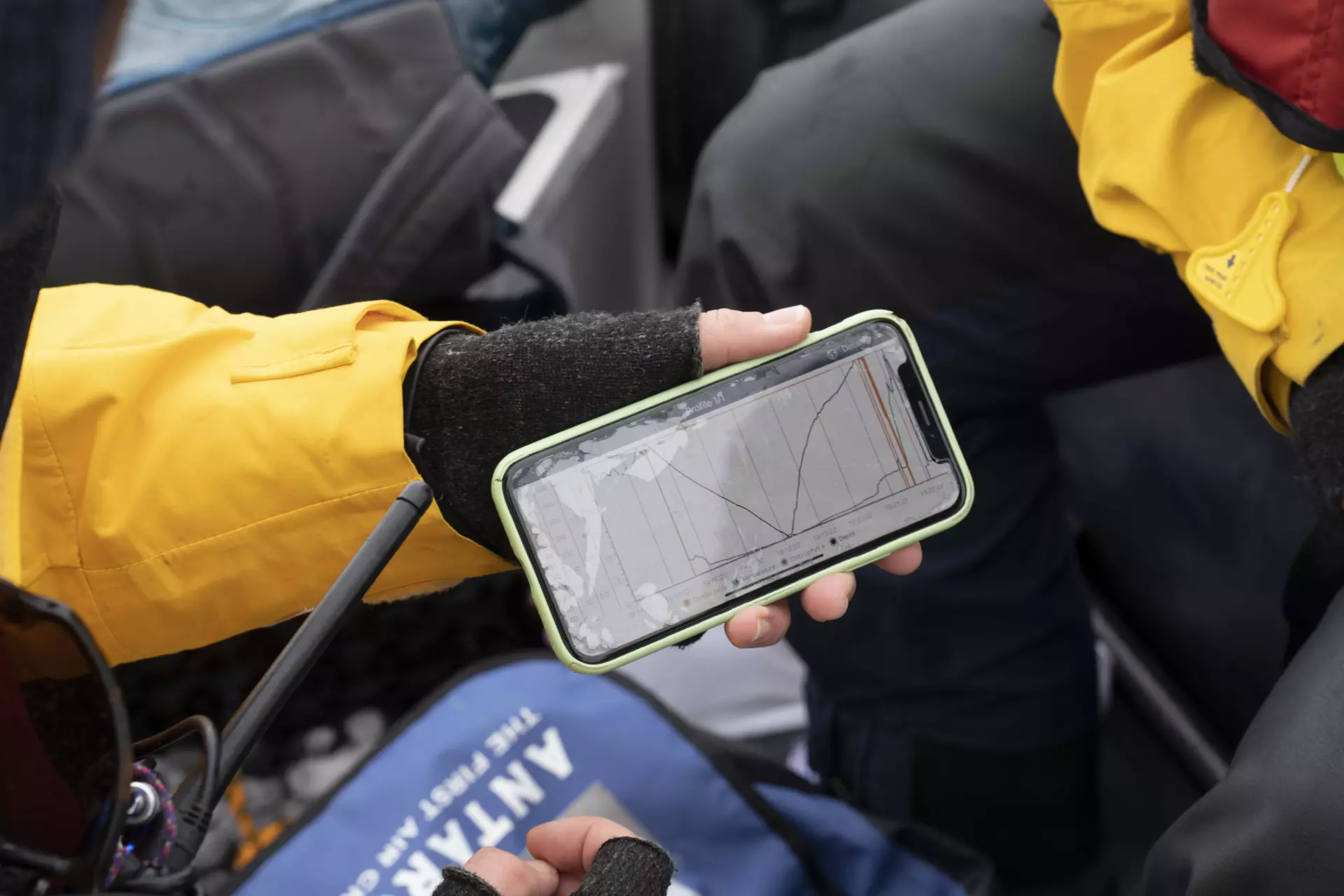
The guides in particular appreciate how easy it is to share data with the guests. “They can easily share the profile to the computer, or whatever device they are using – usually they make up a presentation for the guests at the end of the trip too,” Mascioni explains.
Learn how to use an RBR CTD in the Antarctic
Collecting a “cool trifecta of data”
Through this citizen-science based monitoring program, the project has contributed significantly to the science community. “We started looking at the fjords and we realised that nobody had ever seen them, or analysed water samples from them before,” Mascioni says. “There’s a lot of highly diverse phytoplankton that we had never understood before [FjordPhyto].”
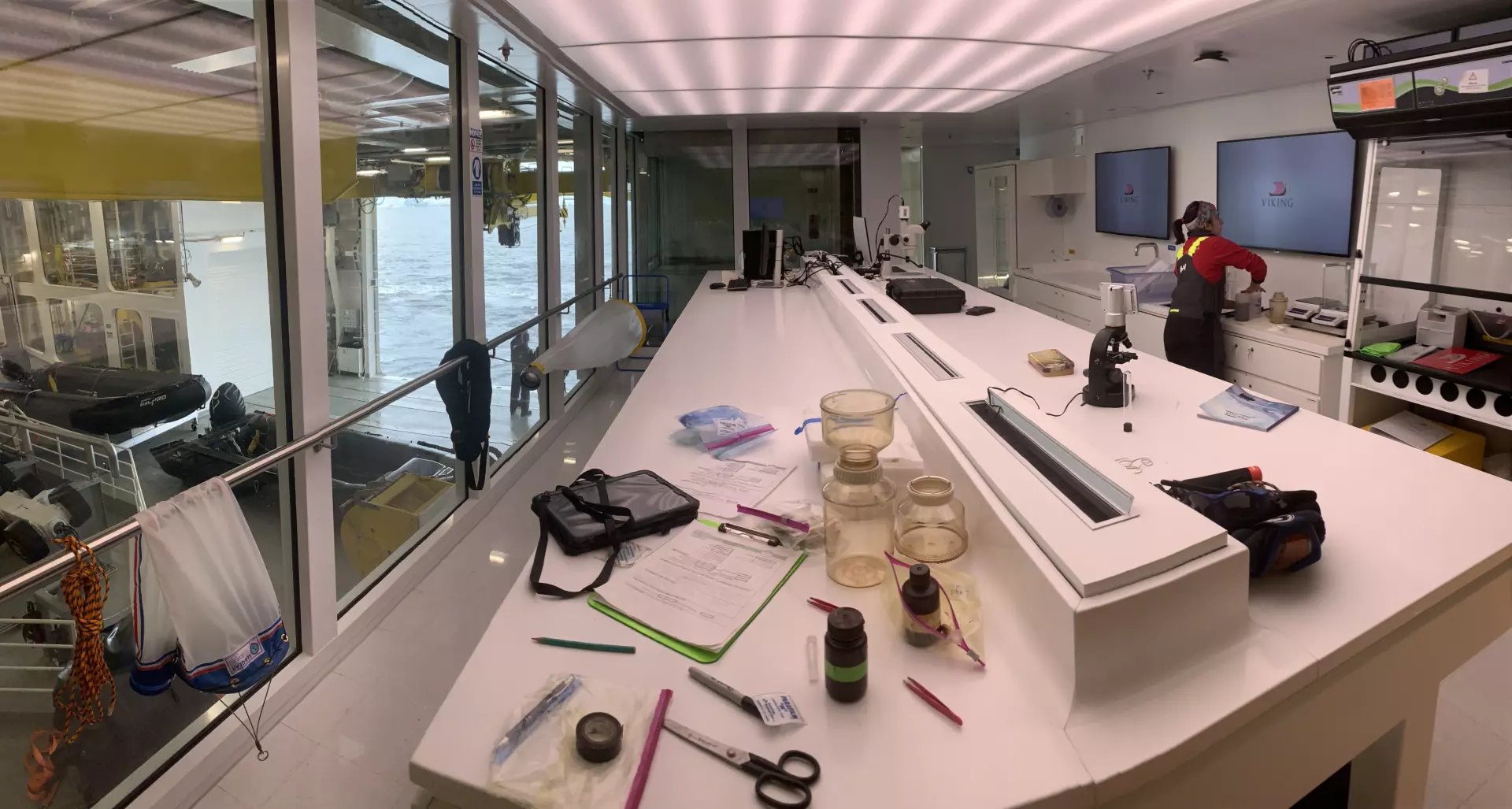
Mascioni studies the phytoplankton through microscopy. She aims to address questions about interannual variability, how community composition changes in the different bays and fjords, and how that composition might relate to a latitudinal pattern or different water masses. Cusick takes a slightly different, but complimentary approach and focuses on understanding the phytoplankton community from a genetics perspective. Her goal is to understand if there is a correlation between the glacial meltwater layer and species and sizes of phytoplankton.
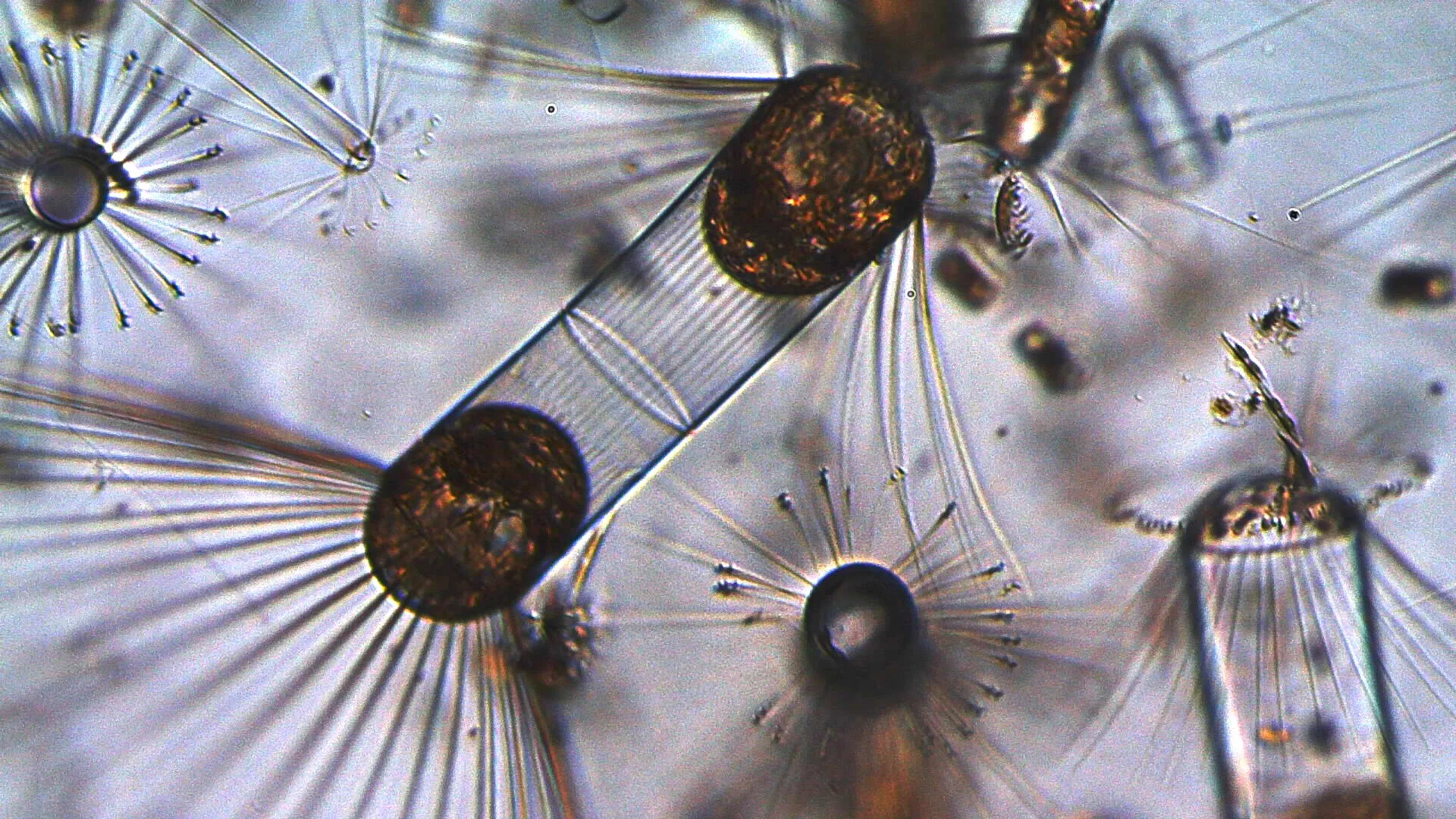
“We now have this awesome dataset where we can compare the microscopy analysis that Martina has been doing with the genetic results and see where the missing gaps are,” Cusick notes.
The team recently gained NASA funding to compare their RBRconcerto3 C.T.D results to validate satellite data (e.g. sea surface temperature, sea surface salinity, chlorophyll a, and meltwater fraction algorithms). Through the robust dataset they are collecting, they are at times able to see interesting seasonal features in all three data types – satellite data, water samples, and CTD casts – “a cool trifecta of data,” says Cusick.
An evolving project that bridges disciplines
The project is constantly growing, evolving, and reaching new people. “I am always excited for FjordPhyto to keep growing and bringing new people onto the team,” Mascioni comments. They’ve had numerous other ocean scientists on their team, but also social scientists, film makers, and illustrators have taken part in the project in one way or another. “It’s awesome to see other individuals take on an aspect according to their own interests,” Cusick adds.
The scientists also comment that the project would not exist without the Antarctic polar expedition guides, IAATO operators and travellers; they are the champions keeping this project alive. FjordPhyto has undeniably touched the lives of many people over the last six years, and will continue to do so as the project grows. There is a big opportunity to include more and more people on this project, and to teach them about where they are visiting from a scientific point of view.
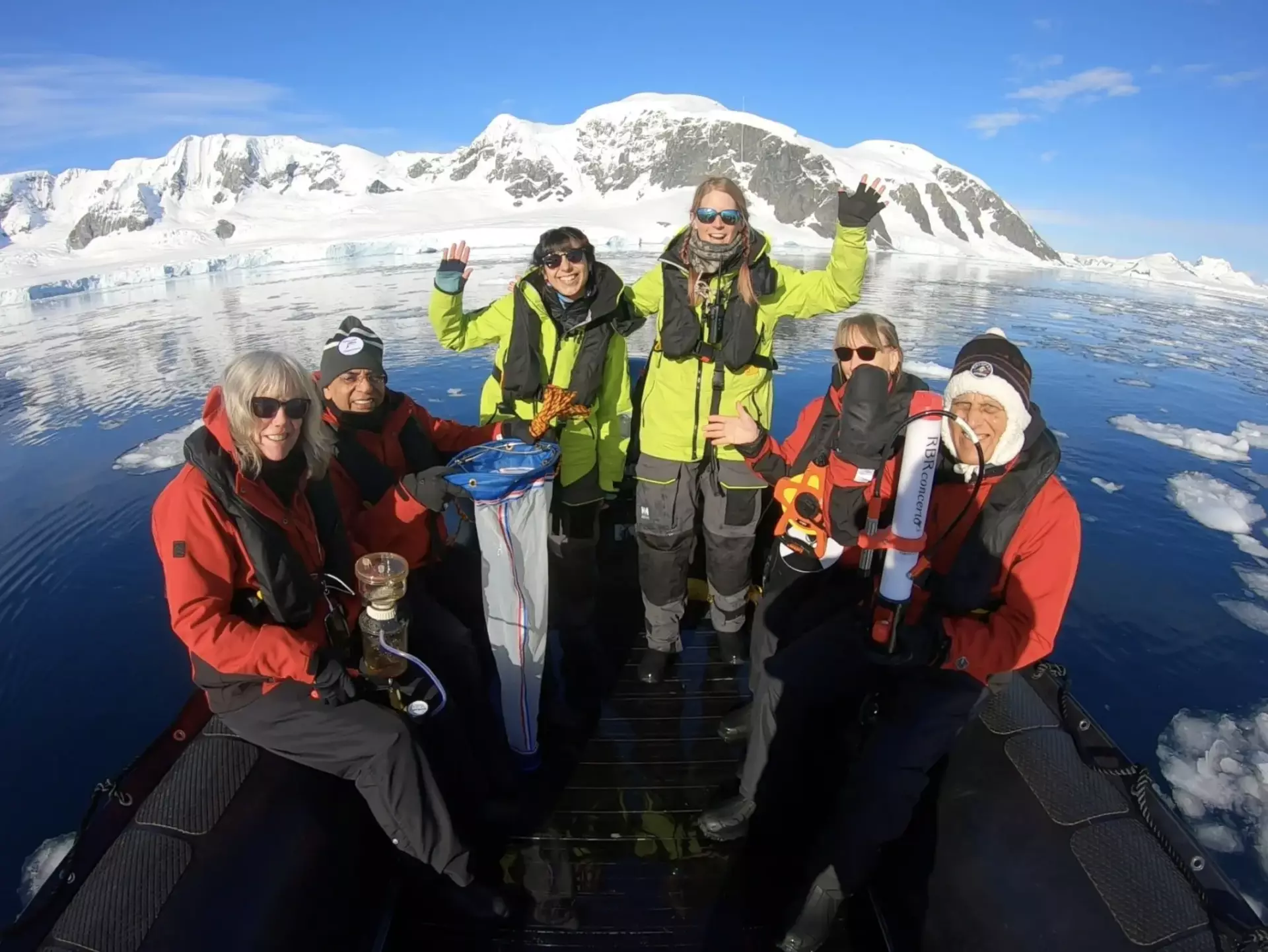
Story by Krysten Rutherford
A variation of this story was previously published in the Spring 2023 Special Edition of ECO Magazine.
